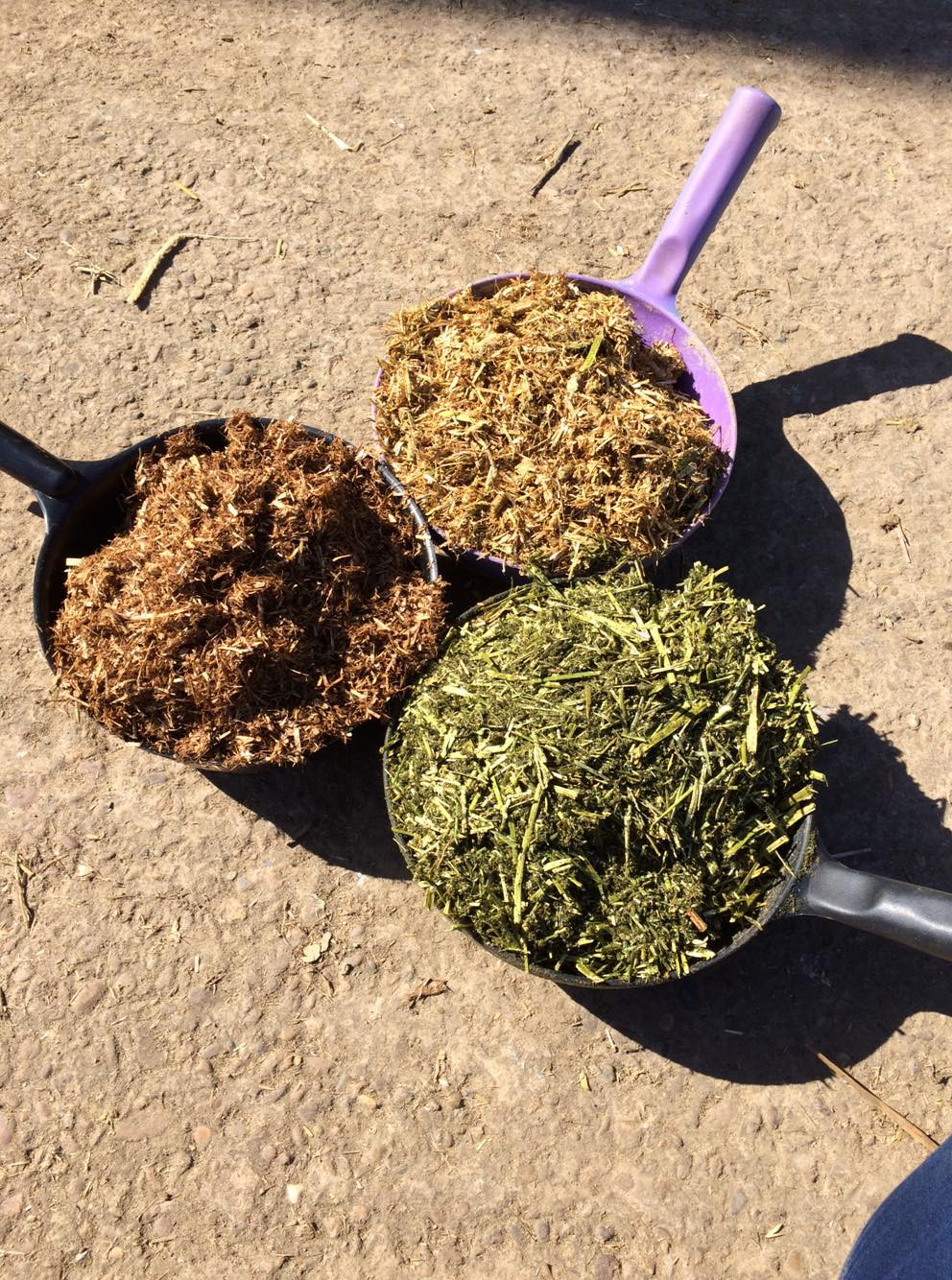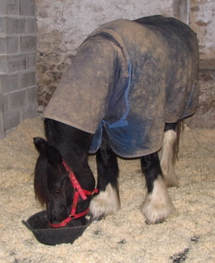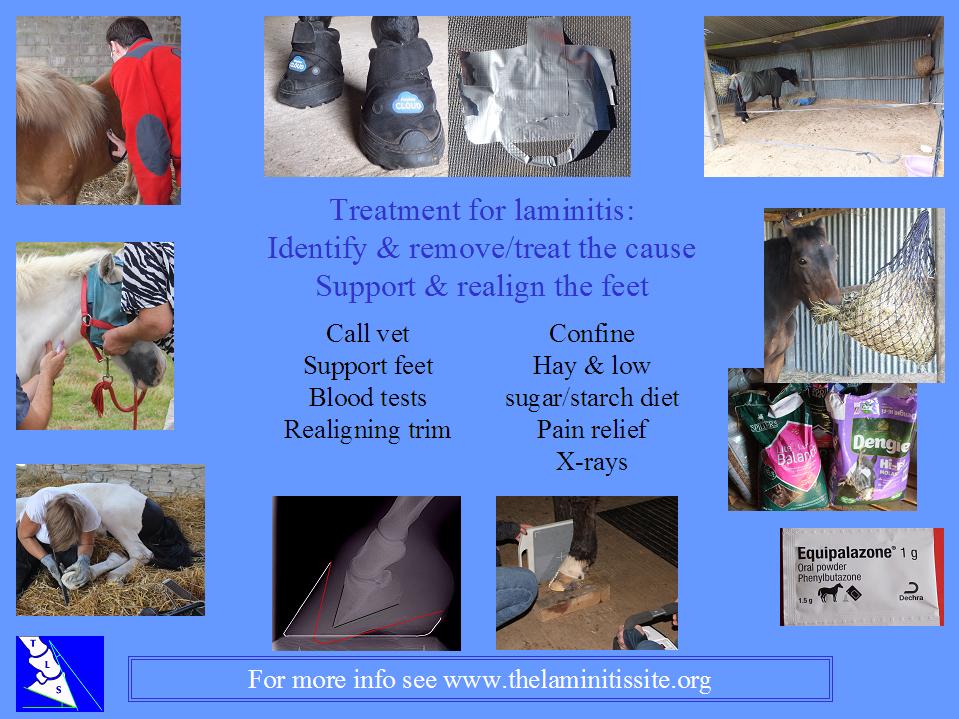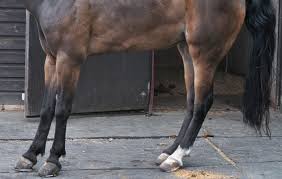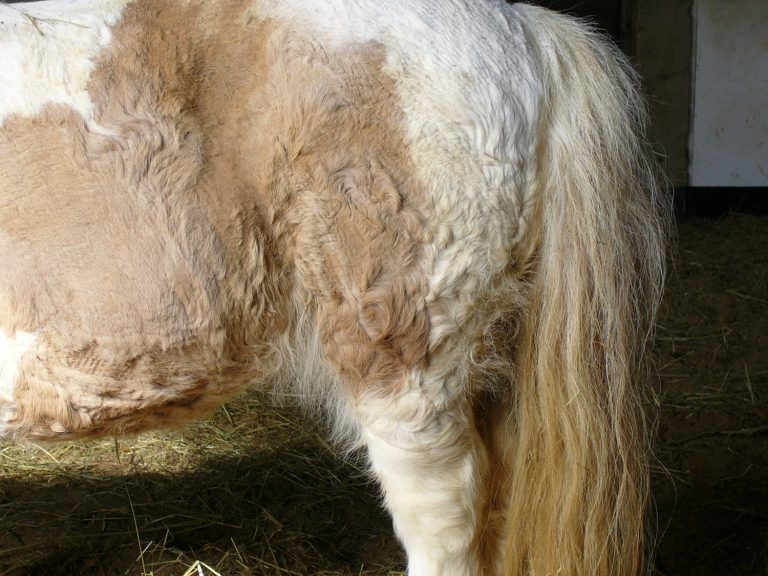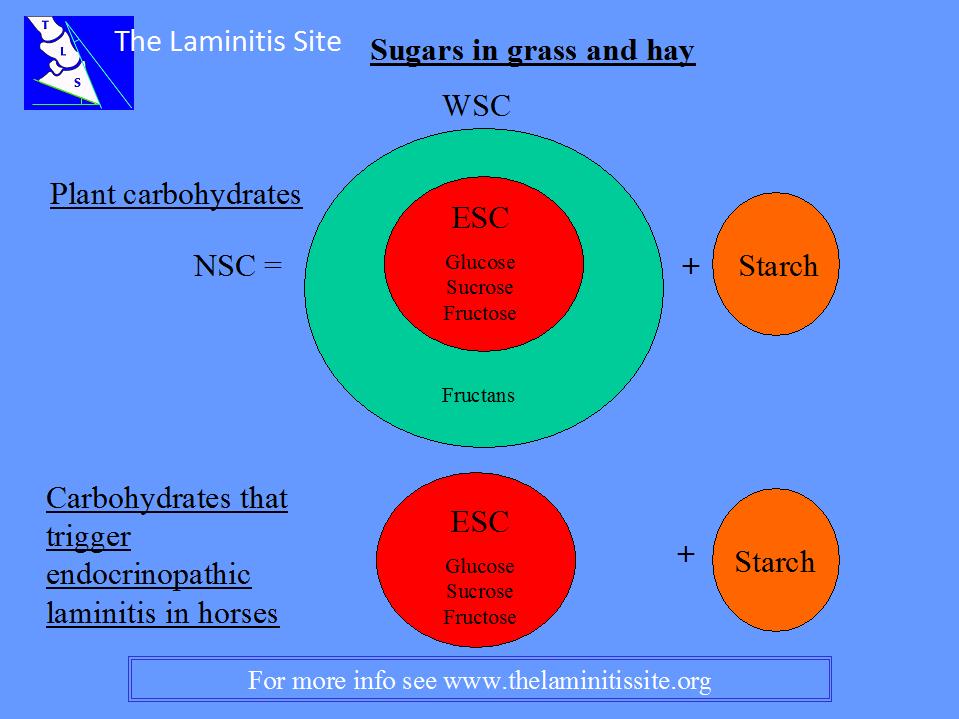Feeding a horse with a history of laminitis can be a time consuming and confusing task and one that if not done properly can have painful consequences for your horse.
Best chaff for laminitis.
An equine nutritionist offers advice on the best hay to feed a horse who is at risk of developing laminitis.
Emergency diet for a horse with endocrinopathic laminitis feed.
If your horse has very recently suffered a bout of laminitis and is still sore it is best to avoid grazing completely until the animal is once again sound.
It is important to consider when choosing which chaff to use what the ingredients are.
If extra calories are required to what low non structural carbohydrate forage can provide then be careful to select low nsc grain free feeds or ingredients.
Cushings related laminitis if the founder or laminitis is due to a disorder such as cushings disease your equine veterinarian will be able to suggest a medication that can control these bouts of laminitis.
The inclusion of fibre in the form of alfalfa and chaff ensures increased chewing time which is beneficial for horses or ponies on a restricted diet and can help to maintain a healthy digestive system.
Chaff is an important part of a horses diet.
Wheaten chaff small amount of lucerne chaff or oaten chaff for flavour with no grain.
An equine nutritionist offers advice on the best hay to feed a horse who is at risk of developing laminitis.
Feed chaff and hay that have a low sugar and starch level.
In the laminitic horse exercise may not be possible.
Grass or pasture hay preferably older hay low sugar no clover or rye that is not mouldy.
For laminitic horses and ponies it can be used with a balancer or vitamin and mineral supplement to make up a low calorie balanced diet and for older laminitic horses with dental problems as a forage replacement.
Hay feed approx.
1 5 2 bodyweight hay depending on whether weight loss is needed 1 5 or not 2 so 7 5 10 kg for a 500 kg horse 3 75 5 kg for a 250 kg pony soaked for at least 1 hour then drained to reduce sugars or analysed to show combined sugar starch no more than 10.
The laminitic horse s diet needs to be low in sugar we could get all very technical here and call sugars non structural carbohydr.
Coleman says diet and exercise are the best ways horse owners can manage their horses weight to prevent laminitis.
L mix is a chaff based feed that is suitable for those prone to laminitis with a combined starch and sugar level of only 5 25.

